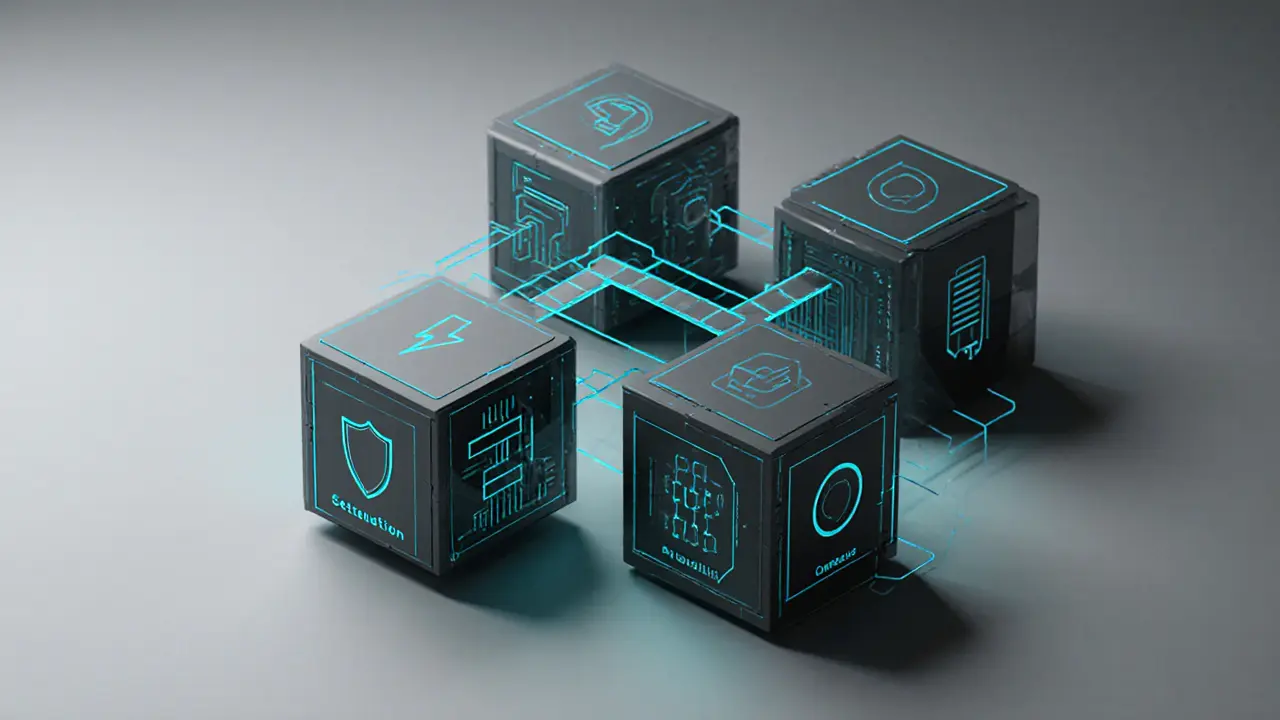Data Availability Layer: The Backbone of Scalable Blockchains
When working with data availability layer, the system that ensures transaction data is stored, retrieved, and verified by the network. Also known as DAL, it sits on top of the base blockchain, a distributed ledger that records every state change and feeds information to higher‑level solutions. The DAL’s main job is to guarantee that every participant can access the full data set quickly and reliably, which in turn lets rollups, layer‑2 constructions that bundle many transactions into a single proof and sidechains, independent chains that run alongside a mainnet operate safely without overloading the main chain. In short, the data availability layer enables scalability, supports security, and connects cross‑chain bridges that move assets between ecosystems.
Why the Data Availability Layer Matters
The DAL can be broken down into a few key attributes. First, scalability: by off‑loading bulk data storage to specialized nodes, the main chain keeps low latency and low fees. Second, security: cryptographic commitments ensure that no one can hide or tamper with data once it’s posted. Third, decentralization: a well‑designed DAL distributes data across many providers, reducing single points of failure. These attributes translate into real benefits for developers – rollups can post a single succinct proof while the DAL guarantees that anyone can reconstruct the full transaction set, and sidechains can reference the DAL to prove they didn’t cheat when moving tokens back to the mainnet. Recent projects like Celestia and EigenLayer illustrate how separating data availability from execution can improve throughput without sacrificing trust.
For users, the practical upside shows up as cheaper fees and faster confirmations, especially when interacting with DeFi protocols that rely on rollups or when transferring NFTs across chains via bridges. The DAL also shapes regulatory discussions: when data is publicly available, audits become easier and compliance tools can verify transaction histories without needing full node access. Our collection below dives deep into these topics – from step‑by‑step guides on buying crypto in regulated markets, to sidechain mechanics, to in‑depth exchange reviews that highlight how different platforms handle data availability. Whether you’re a beginner curious about how a rollup works or a seasoned trader looking for the latest on cross‑chain bridge security, the articles ahead give you actionable insights backed by the fundamentals of the data availability layer.
Understanding Modular Blockchains: Architecture, Types, and Impact
Learn what modular blockchains are, how they split execution, settlement, data availability, and consensus, and why this architecture improves scalability and security.
VIEW MORE
